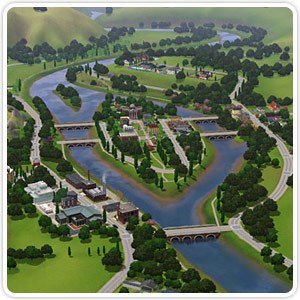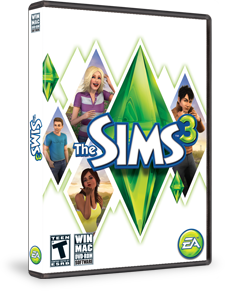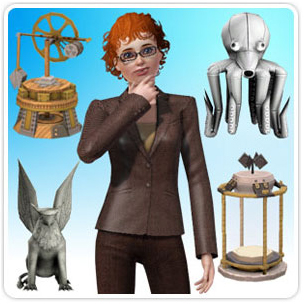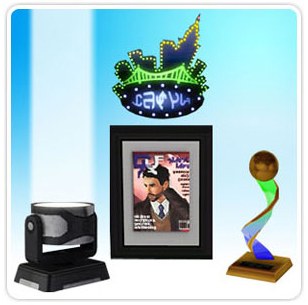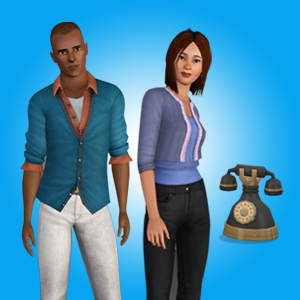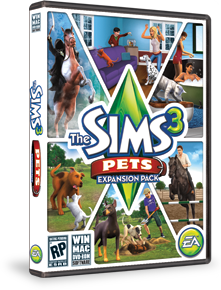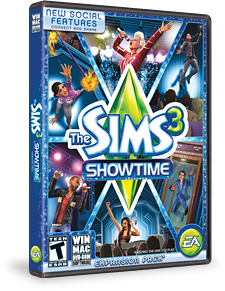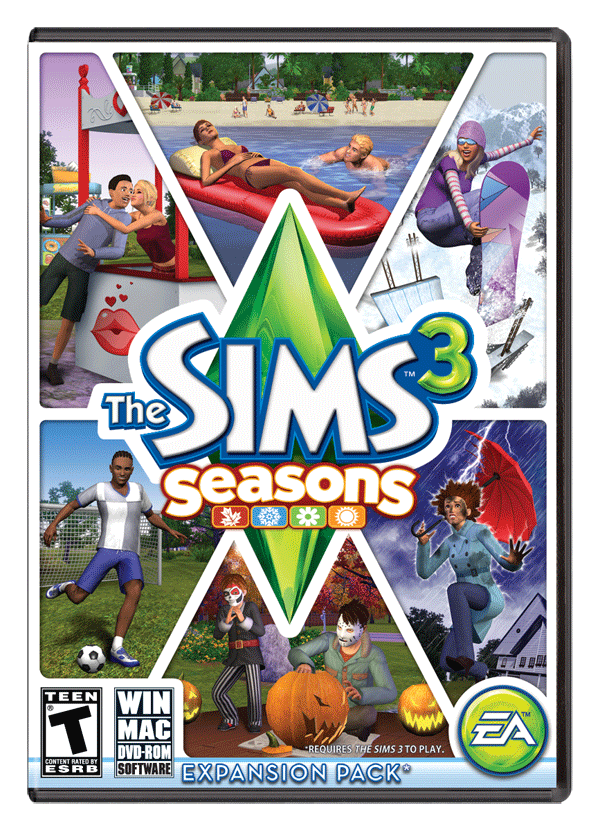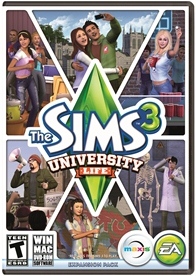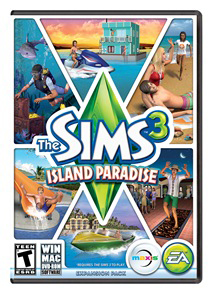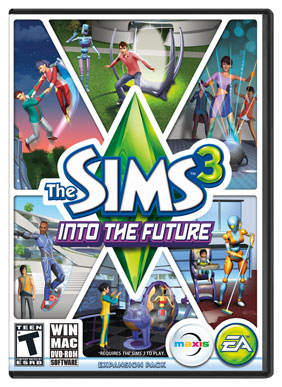
Wordle, now widely recognized as the Wordle NYT game, has captured the attention of word puzzle enthusiasts worldwide. Originally created by Josh Wardle, this simple yet addictive game has evolved into a cultural phenomenon, especially after being acquired by The New York Times. In this article, we will explore what Wordle is, how it works, its appeal, and some perspectives on its impact.
If you want the normal Wordle version go back to: daily wordle
What is Wordle?
Wordle is an online word puzzle game where players have six attempts to guess a secret five-letter word. Each guess must be a valid five-letter word, and after each attempt, the game provides feedback to guide the player toward the correct answer:
Green tiles indicate letters that are correct and in the right position.
Yellow tiles represent letters that are in the word but placed in the wrong position.
If you want the normal Wordle version go back to: wordle nyt
Gray tiles show letters that are not in the word at all.
This feedback mechanism encourages deductive reasoning, vocabulary skills, and pattern recognition.
Origins and Evolution
Josh Wardle created Wordle initially as a private game for his partner. It was released publicly in October 2021 and quickly gained traction due to its easy-to-understand mechanics and daily challenge format. By January 2022, it boasted millions of daily active users.
If you want the normal Wordle version go back to: wordle game
In early 2022, The New York Times acquired Wordle, integrating it into their suite of word and puzzle games. This move not only expanded the game's reach but also embedded it within a trusted news and entertainment platform, further solidifying its popularity.
Why Has Wordle Become So Popular?
Several factors contribute to Wordle’s widespread appeal:
Simplicity and Accessibility: The game’s straightforward rules make it accessible to players of all ages and skill levels. It requires no prior registration or download, being playable directly in a web browser.
Limited Attempts and Daily Puzzle: The six-guess limit combined with one daily puzzle creates a compelling challenge without overwhelming the player. This format encourages daily engagement and a sense of community as players compare results.
If you want the normal Wordle version go back to: wordle unlimited
Social Sharing: Wordle introduced a unique sharing feature where players can post their results (using colored squares) on social media without revealing the answer. This has fostered a viral sharing culture and friendly competition.
Educational Value: The game enhances vocabulary and spelling skills, making it appealing to educators and learners alike.
Critiques and Counterarguments
While Wordle has been widely celebrated, some critiques exist:
Repetitiveness: Playing only one puzzle a day can be limiting for some users seeking more gameplay variety.
If you want the normal Wordle version go back to: wordle today
Language Limitations: As the original game is English-based, non-native speakers may find it challenging. However, several adaptations and variants in other languages have emerged.
Accessibility Concerns: Color-coded feedback might present difficulties for color-blind players, though alternative versions or assistive options can mitigate this.
Broader Implications
Wordle’s success highlights a broader trend toward simple, engaging digital experiences that blend entertainment with cognitive benefits. Its acquisition by The New York Times symbolizes the increasing value mainstream media places on interactive content to engage audiences.
Moreover, Wordle has inspired numerous spin-offs and themed variations (such as different word lengths, crossword-style puzzles, and language-specific versions), showcasing the game's flexible concept.





